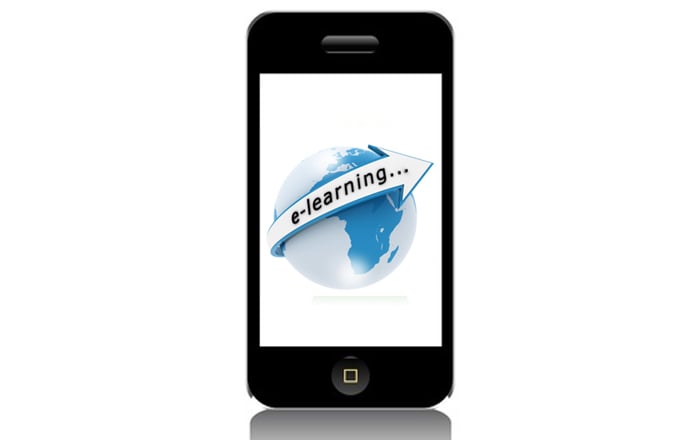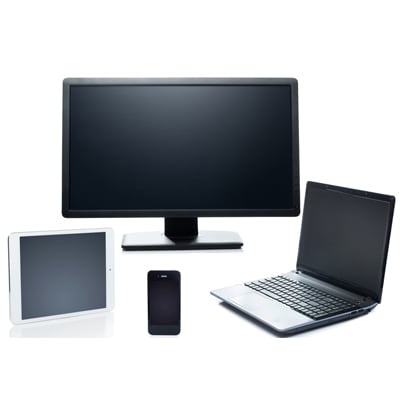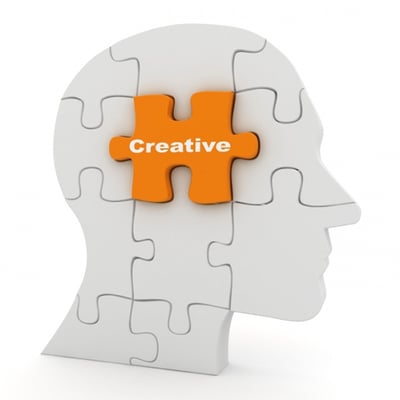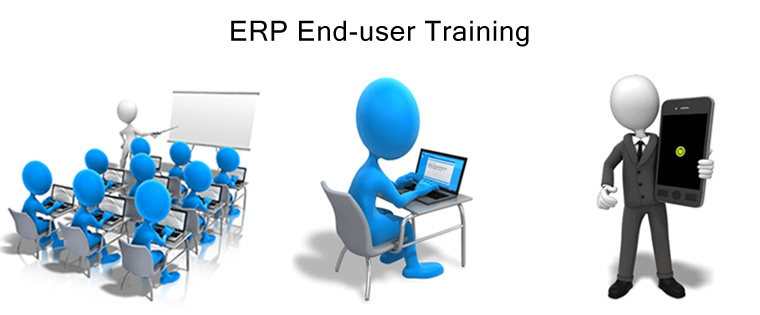4 Ways to Blend E-learning with M-learning

As we know, eLearning is derived from distance learning whereas mLearning has been derived from eLearning. As they are different from each other, they cannot always be used interchangeably. So, we need to understand the differences between the two training methodologies to blend them effectively. There are four ways in which blend eLearning with mLearning. Let’s look at them.
- Multi-device eLearning
- Performance Support
- Enhance Learning
- Assessment
1. Multi-device eLearning
Multi-device eLearning makes eLearning accessible through multiple devices. You need to make eLearning courses compatible with all mobile devices. This is possible only when your eLearning courses are divided into byte-sized modules. For instance, the learner completes the first module on a desktop computer in his office. He completes the second and third modules on his mobile device, at his home.

2. Performance Support
Performance support enables employees to access the right information, when they need it the most. It need to be just-in-time information, which can be accessed at a critical point in time or location.The eLearning course content can be broken down into smaller modules. And, these smaller modules can be used to provide:
- Tips on handling sales objections
- Training on the key features of products
- Information on the do’s and don’ts in assembling a piece of machinery, for technicians
Knowledge gained through online courses can be reinforced very effectively through mobile learning.

3. Enhance Learning
Mobile learning can be used to improve the skills or knowledge of your employees and provide continuous learning to increase knowledge and leadership qualities in the long run.
Learning can be enhanced by adding:
- Podcasts from a senior manager to share some key points about a process
- eBooks to share the best practices in a particular domain
- Case studies or scenarios
Thus, mobile learning provides opportunity to create knowledge and improves skills that can be shared with peers.

4. Assessments
Mobile learning is a very good tool/platform for assessments in forms of quizzes,apps and games. It is also used to assess training needs, before planning a curriculum through quizzes or mini-assessments. We can use mobile learning to conduct summative asessments after an ILT or eLearning course.
We thus see that mobile learning is not a substitute for eLearning but can be used to complement the latter.

These are four ways to blend eLearning with mLearning to enhance the effectiveness of training. Hope you find this post informative. Do share your views.





